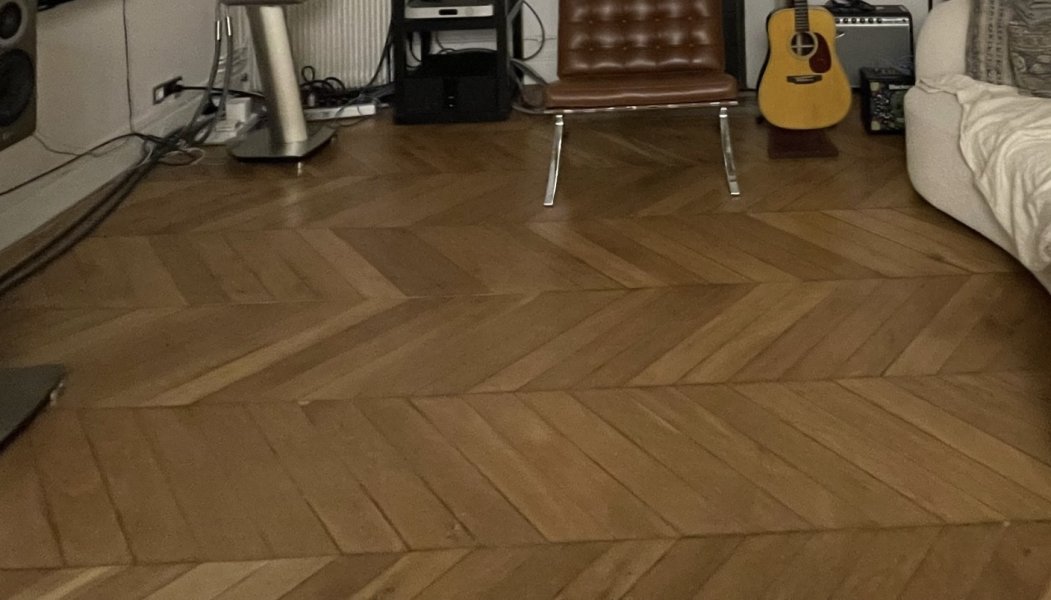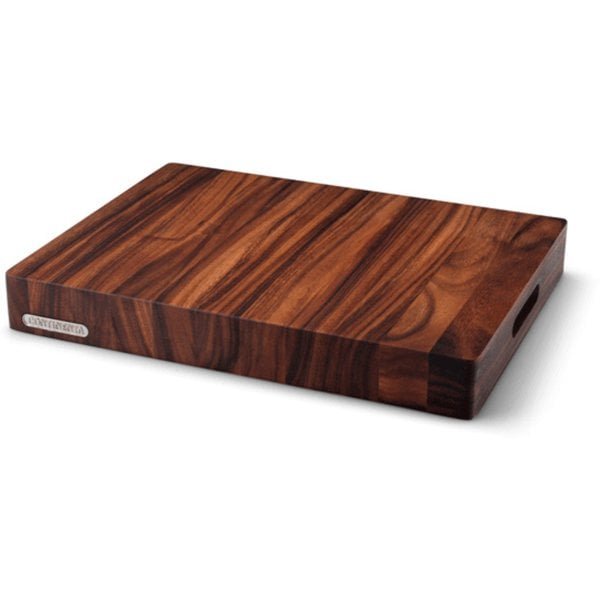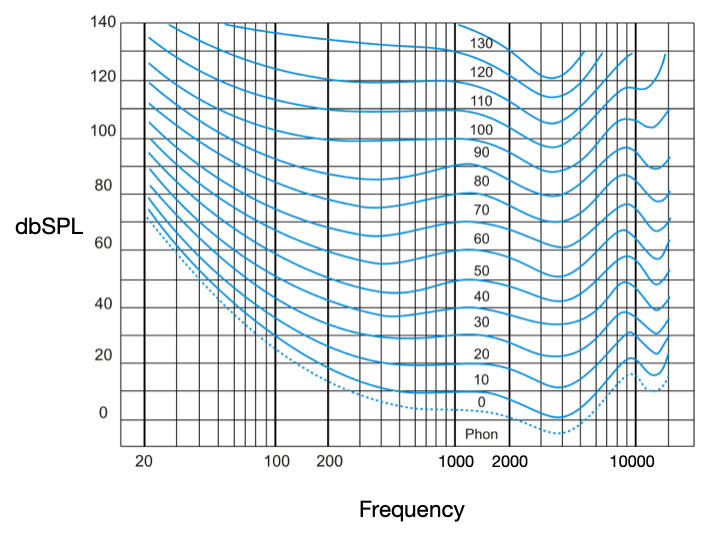There most likely is.
I noticed there is a fireplace, a cheminée to the left looking at the sofa.
That is an air filled cavity that connect to the floor above... A helmholz resonator or resonant tube.
No doubt that is transmitting some sound up also.
Now this is also something that can be a factor.
But for now, just be aware of it. There are solutions also for such an event.
I would like to tell you about what is called an acoustic visualizer.
Look at this on the GIK acoustics website
Room builder and acoustic visualizer by GIK Acoustics
Treating room acoustics is a much bigger field of expertice and is largely up to the owner understanding or knowing quite a lot to make a desicion. And there is a WAF factor element there also... indeed.
You basically need to invest in know how by reading about this before asking any of us any question. Because room acoustics is a hands on help situation. And simply is not easy to get right on a forum. But it is not magic, but who ever you get to help you with that needs to have experience.
And not online swag...

You send screen shots to your adversaire de joute
Of soundpressure…
Take a reading inside the fireplace tube also…
And IF that is highish or close to the listening positions measurements… then this is a factor to consider. And
@stehno then has a Kungfu you should not disregard. But this also is just a matter of brainstorming…
Now we move in to the realm of room modes of resonance. And as I suggested: you need advice from someone that has experience and you need to know what is the frequency of said node…
Simulate your room first. find that hertz range.
There Are nodes in your room.
And IF They Are corresponding to any resonance in the pipe tube… that is a factor to consider.


















